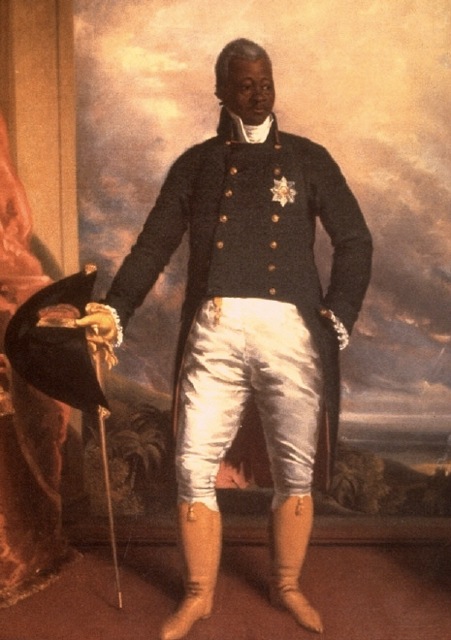Mar
2
Cien años de soledad – Round 1
Posted by: | March 2, 2010 | Comments Off on Cien años de soledad – Round 1
Having read (most) of Cien años de soledad previously – I admit, so much happens that it wasn’t long before I was lost in the seemingly endless storyline – the second time is refreshingly, well, magical. Marquez’s style of magical realism differs from the predecessors who’s works we’ve read in class in that Marquez spins a fantastic web throughout but presents it in matter of fact manner. For instance the birth of a child with a pig’s tail and the entire town being put under a spell of insomnia are told just as matter-of-factly as Jose Arcadia’s eloping with the gitanita. Marquez also plays the role of the omniscient narrator unbound by constructs of time. He is able to transcend chronological boundaries, reaching into the past and foretelling the future. This adds a sense of connectivity of the character of the past to the present and future; a character isn’t simply what they are in a moment, they are what they where before and at conception, during all their worldly experiences, at their deathbed and even beyond into the memory they’ve left to others. Marquez seems to assert that what and who people in Macondo are is be determined by forces that are out of their control and often out of this world; the fates of each person aren’t for them to decide. In sum, the depth of the storytelling, the attention to detail and the extreme measures to which Marquez has thought out the fortunes of each character is truly remarkable.
On another note, I wish draw a strange but – I believe – interesting comparison between Marquez’s Macondo and the town of Deadwood, South Dakota, or at least as it was during the late 19th century. HBO recently concluded a fantastic television series about the lawless town of Deadwood, South Dakota during the 1870’s. Deadwood was a town outside the reaches of US government jurisdiction, amidst warring natives and settled upon fortunes of gold waiting to be mined. Deadwood was settled, like many mining towns of its time, by those seeking the fortune that lay below its soil. The town was, at the time, legally part of Native American soil and therefore out of the reaches of US jurisdiction. After a few settlers struck gold, more people began to arrive and the town grew in size, reaching about 5,000 people. Deadwood flourished for a while, ungoverned by the US and relatively untouched by the natives. Business was booming. Prostitution in brothels and endless drinking in saloons kept the townsfolk content, as did the fact that they didn’t pay taxes, didn’t abide by state or federal laws – or any real judicial system for that matter – and were free to seek their own fortune and make their own destiny. Yet good times could not last forever. This brings be, finally, back to my comparison of Deadwood to Macondo: the imminent influence of outside forces changes both cities. Just as Macondo was changed by the influx of foreign markets and the government institutions of Mascote and more, so was Deadwood changed by the powers of US government officials and gold tycoons who all aimed to annex the town. However peaceful and picturesque a town may seem on its own, the world has grown much smaller; there seems to be much less left untouched and, however good our intentions are, our outside influence on smaller society may rupture the Eden of the small, secluded Macondos and Deadwoods.

